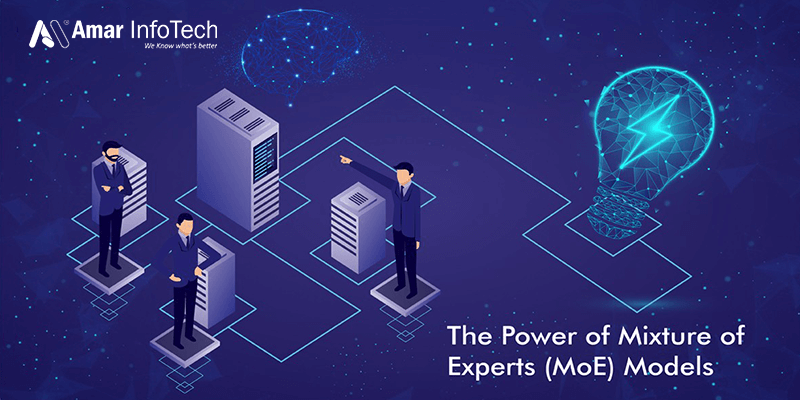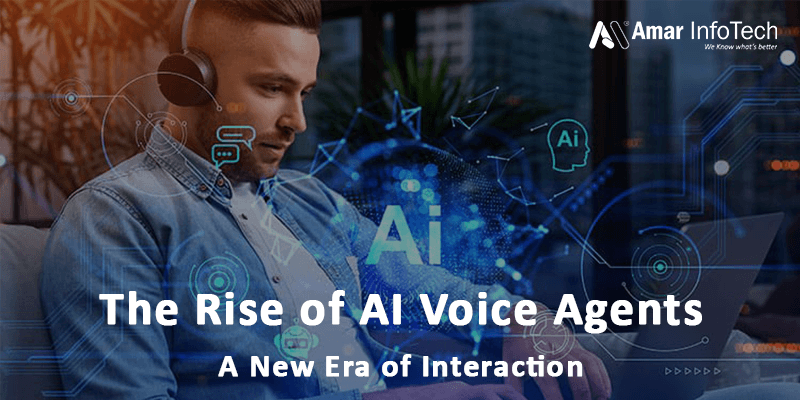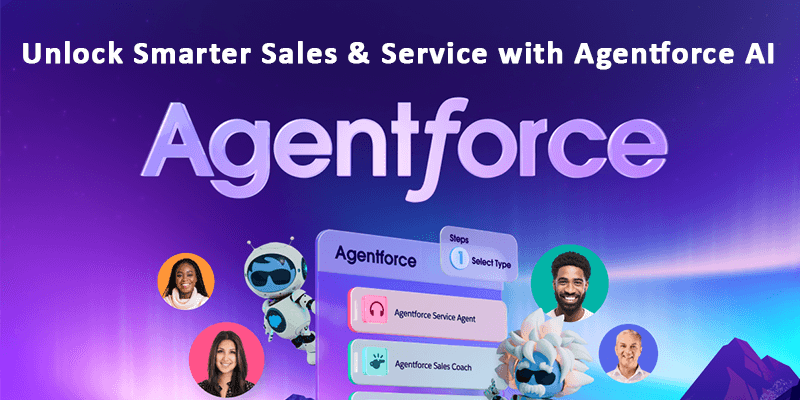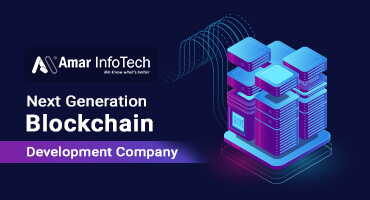Ready for Digital Transformation? Your Vision, Our Expertise - Let’s Build Innovative Software Together!
AI Visual Agents: Transforming Image and Video Analysis
 Blog Future of AI
Blog Future of AI
Introduction
Artificial Intelligence (AI) has made remarkable strides in numerous fields, but one of its most transformative applications lies in image and video analysis. AI-driven visual agents are redefining how images and videos are processed, interpreted, and utilized across industries, from healthcare to security, entertainment, and retail. These intelligent systems leverage deep learning, computer vision, and neural networks to analyze visual content with unprecedented accuracy and efficiency.
This blog explores the impact of AI visual agents, their working principles, real-world applications, benefits, and future prospects.
Understanding AI Visual Agents
AI visual agents are intelligent algorithms or systems designed to process and understand visual data. They leverage advanced technologies such as:
- Computer Vision – Allows machines to extract meaningful information from images and videos.
- Deep Learning – Uses neural networks to identify patterns and make accurate predictions.
- Object Recognition – Detects and classifies objects within images or videos.
- Facial Recognition – Identifies and verifies human faces for authentication and security purposes.
- Optical Character Recognition (OCR) – Converts text within images into machine-readable text.
- Motion Analysis – Tracks movement patterns in videos for surveillance or sports analytics.
Applications of AI Visual Agents
1. Healthcare and Medical Imaging
AI-powered visual agents assist in analyzing X-rays, MRIs, and CT scans, helping doctors detect diseases like cancer, pneumonia, and neurological disorders with high precision. AI-driven diagnostics reduce human error and expedite medical decision-making.
2. Security and Surveillance
AI-enhanced surveillance systems use facial recognition and behavior analysis to detect threats in real time. These systems improve public safety, automate monitoring, and reduce reliance on manual surveillance.
3. Retail and E-commerce
Visual search capabilities enable customers to search for products using images rather than text. AI visual agents also analyze customer behavior in physical stores, helping retailers optimize layouts and improve customer experiences.
4. Autonomous Vehicles
Self-driving cars rely on AI visual agents to interpret road signs, detect pedestrians, and navigate obstacles safely. AI-powered perception systems enhance vehicle automation and road safety.
5. Entertainment and Media
AI-driven tools improve content creation, automatic video editing, and real-time filtering. AI visual agents also power deepfake detection, ensuring authenticity in digital media.
6. Manufacturing and Quality Control
In industrial settings, AI visual agents inspect products for defects, ensuring high-quality manufacturing processes. Automated quality control reduces errors and enhances production efficiency.
7. Agriculture and Environmental Monitoring
AI-powered drones analyze crops and detect diseases, helping farmers optimize yields. AI visual agents also monitor environmental changes, tracking deforestation and wildlife populations.
Benefits of AI Visual Agents
- Enhanced Accuracy – AI visual agents reduce human errors and improve analysis precision.
- Increased Efficiency – Automates complex visual tasks, saving time and labor costs.
- Real-Time Processing – AI processes vast amounts of visual data instantly, enhancing decision-making.
- Scalability – Easily adaptable for various industries and large datasets.
- Cost Reduction – Automates labor-intensive tasks, reducing operational costs.
Challenges and Limitations
Despite their potential, AI visual agents face challenges such as:
- Data Privacy Concerns – Facial recognition and surveillance raise ethical and legal issues.
- Bias in AI Models – AI systems may inherit biases from training datasets, leading to inaccurate predictions.
- High Computational Costs – Advanced AI models require significant computational power and storage.
- Adversarial Attacks – AI models can be manipulated with deceptive inputs, leading to incorrect analyses.
The Future of AI Visual Agents
The future of AI visual agents is promising, with advancements in real-time deep learning, explainable AI, and edge computing set to make visual analysis even more powerful. AI-driven augmented reality (AR) and virtual reality (VR) experiences will further revolutionize industries such as gaming, healthcare, and education.
As AI technology continues to evolve, its integration with 5G networks and IoT devices will unlock new possibilities, making AI visual agents more accessible and efficient than ever before.
Conclusion
AI visual agents are reshaping image and video analysis across diverse industries. From enhancing medical diagnostics to powering autonomous vehicles and securing public spaces, their impact is undeniable. While challenges exist, ongoing research and development promise even greater innovations in the coming years.
Are you ready to leverage AI visual agents in your business? The future is visual, and AI is leading the way!





